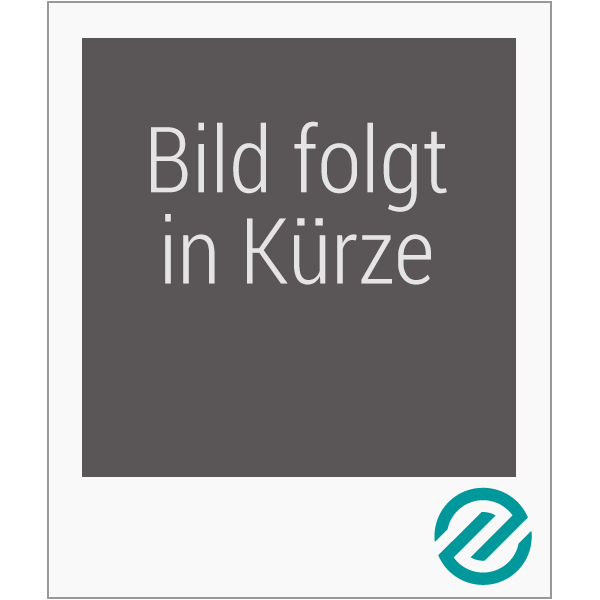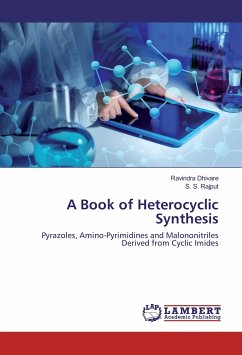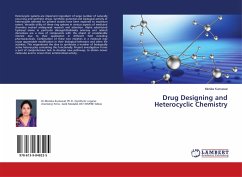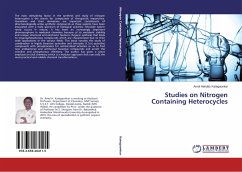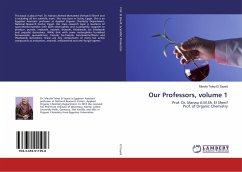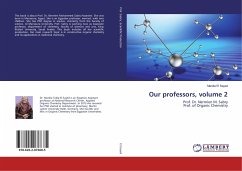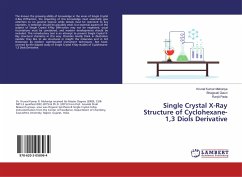Among the diverse classes of organic compounds, quinoline derivatives have emerged as promising candidates with multifaceted pharmacological activities. These compounds exhibit a remarkable range of biological properties, making them attractive candidates for drug development across various therapeutic areas, including anti-microbial, anti-inflammatory, anti-cancer, and anti-viral applications.The journey from identifying potential drug leads to understanding their structure-activity relationships (SAR) and eventually optimizing their therapeutic efficacy is a complex and iterative process. Quantitative Structure-Activity Relationship (QSAR) analysis serves as a powerful tool in this journey, bridging the gap between molecular structures and biological activities. QSAR models provide a rational and systematic approach to unravel the intricate relationships between the chemical features of molecules and their biological effects. In the context of quinoline derivatives, the application of QSAR analysis holds immense promise for unlocking the full therapeutic potential of this class of compounds.
